Smartphones have transformed the way humans interact with technology and each other. From their humble beginnings as cumbersome devices to today’s sophisticated AI-driven hubs, smartphones have undergone remarkable evolution. This blog explores their journey from early communication tools to essential companions in people’s daily lives. Delve into the innovations that fueled their growth, the technological leaps that followed, and the exciting possibilities these modern marvels hold. Learn how smartphones evolved, adapted, and integrated into every facet of modern existence, becoming indispensable AI companions.
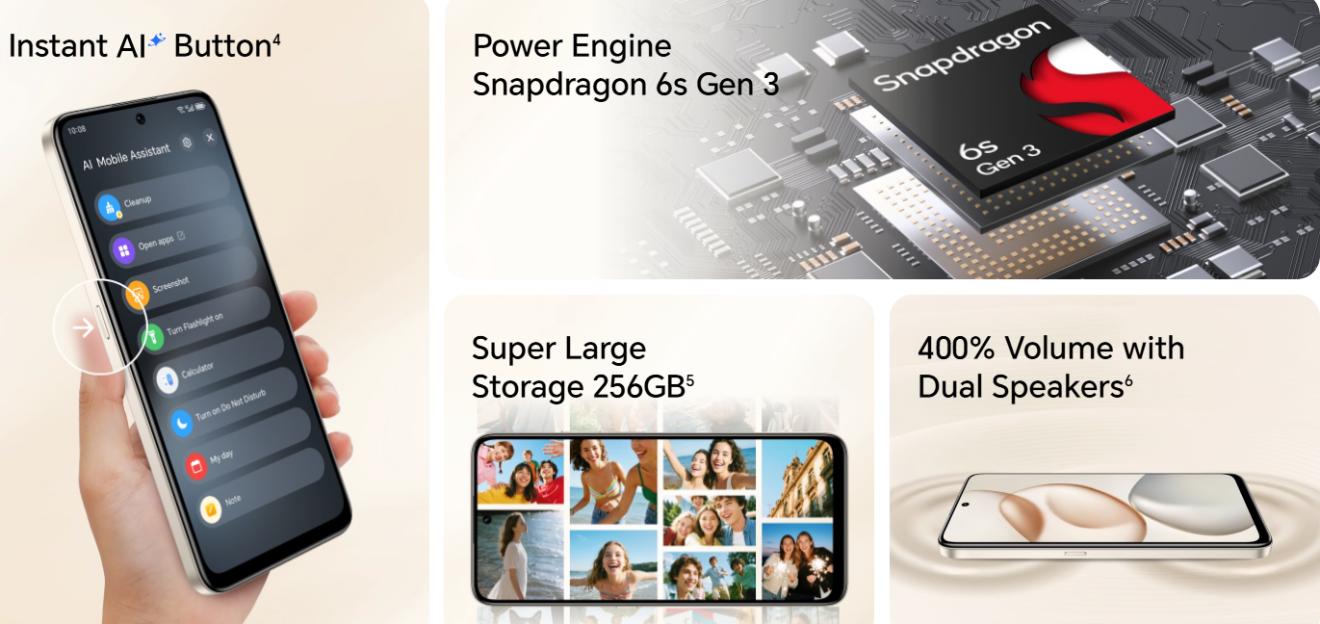
The Early Era: Bricks and Basic Functions
Initially, mobile phones were large and heavy, featuring very basic functionality. They were primarily tools for making calls, designed for maximum portability, albeit limited by their size and weight. Affordability and accessibility were significant barriers, restricting use to a privileged few. The technology relied on analog signals, often resulting in poor sound quality, and coverage was sparse.
The First Mobile Phones and Their Limitations
Early mobile phones came with several significant limitations. They had a cumbersome build and required external antennas for reception. These devices were solely focused on voice communication, lacking the ability to send text messages or access additional functions. Battery life was another serious constraint, lasting only a few hours, thus limiting mobility. Users faced high costs and network limitations due to the nascent development of cellular infrastructure. Nonetheless, they laid the groundwork for further innovation.
From Keypads to Early Multimedia Features
The evolution continued as mobile phones integrated alphanumeric keypads. This addition enabled simple text messaging, drastically improving communication. With time, early multimedia features began to appear. These included monochromatic displays and ringtones. Each innovation, no matter how small, slowly transitioned mobile phones towards multipurpose devices, setting the stage for the future multimedia experiences.
Touchscreens and the Smartphone Revolution
The introduction of touchscreens marked a revolutionary leap in mobile technology. It allowed for intuitive interaction, dragging phones into a new era of usability and functionality. This transformation involved integrating robust operating systems, which paved the way for a thriving app ecosystem. Apps began to redefine the smartphone experience by offering tailored solutions to specific user needs.
The Arrival of Touchscreens and App Ecosystems
Touchscreen technology replaced traditional keypads, fostering a more interactive user experience. This change drove the development of sophisticated operating systems capable of supporting various applications. App stores flourished, creating a symbiotic ecosystem where developers innovated and users customized their devices. The vast possibilities encouraged mobile adaptation in everyday tasks, expanding their role beyond communication.
Mobile Internet and the Rise of Social Connectivity
With mobile internet, users gained access to emails, instant messaging, and social media platforms. Smartphones became a gateway to endless information and social connectivity, influencing how people interact and consume content. The convenience of mobile browsing fueled a new wave of content consumption, with users engaging with digital media at unprecedented levels.
Advancements in Mobile Technology
Innovations in mobile technology propelled smartphones to amazing heights. More than just tools for communication, they evolved into portable computers. High-speed networks like 4G unlocked new capabilities, and subsequent advancements ensured speedier user experiences.
4G, High-Speed Networks, and Seamless Apps
The introduction of 4G networks marked a significant shift, enabling faster data transfer and a seamless application experience. Apps could now perform complex tasks quickly, and users experienced minimal latency while streaming high-definition content. As a result, smartphones became vital for both productivity and entertainment, securing their place in daily life.
5G, Foldable Screens, and Enhanced User Experience
The evolution continued with the introduction of 5G, promising faster speeds and more reliable connections. Additionally, innovative designs like foldable screens have redefined user interaction, offering flexibility and richer displays. Modern 5G smartphones now boast remarkable capabilities, including advanced cameras and immersive displays, enhancing both functionality and enjoyment.
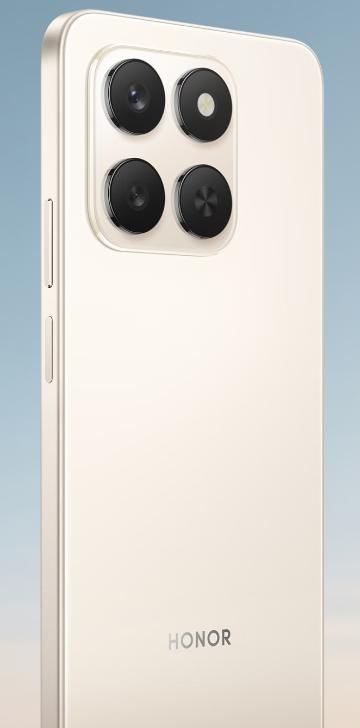
The New Frontier: AI Companions in Your Pocket
The latest generation of smartphones has shifted towards integrating Artificial Intelligence, empowering them as personal AI companions. Intelligent features now anticipate user needs, helping to streamline tasks and achieve user-defined goals.
AI Assistants, Predictive Features, and Smart Tools
AI assistants have become integral, offering voice-controlled task management and personalized insights. Predictive features analyze user behavior to suggest actions, ensuring a seamless experience. Smartphones are equipped with smart tools that enhance productivity and accessibility, adapting to personal preferences and habits.
Personalization Through Voice, Text, and Visual Recognition
Advanced recognition technologies allow for personalized interaction. Users can command their device with voice, engaging with tasks hands-free. Text and visual recognition further tailor smartphone use to individual needs, crafting experiences that align with everyday routines.
Balancing Innovation with User Needs
Privacy, Security, and Ethical AI in Smartphones
While innovation thrives, addressing privacy and security concerns remains critical. Users demand assurance that their data is safe, given the sophisticated capabilities of AI. Developers must address ethical considerations, ensuring AI is both transparent and respectful of user privacy.
Keeping Technology Human-Centered
As smartphones continue to evolve, maintaining a human-centered approach ensures technology serves its users effectively. Innovations must be thoughtful, promoting accessibility and enhancing user interaction without overwhelming complexity. Striking this balance ensures that technology remains both integral and beneficial.
Conclusion
The smartphone journey from bulky devices to powerful AI-driven companions is a testament to human ingenuity. They adapted to meet changing needs, becoming indispensable tools in everyday life. As technology progresses, smartphones will continue evolving, crafting more intelligent and intuitive experiences. With each advancement, they become more integral to human daily existence, and models like the HONOR 400 Smart 5G reflect this ongoing transformation.


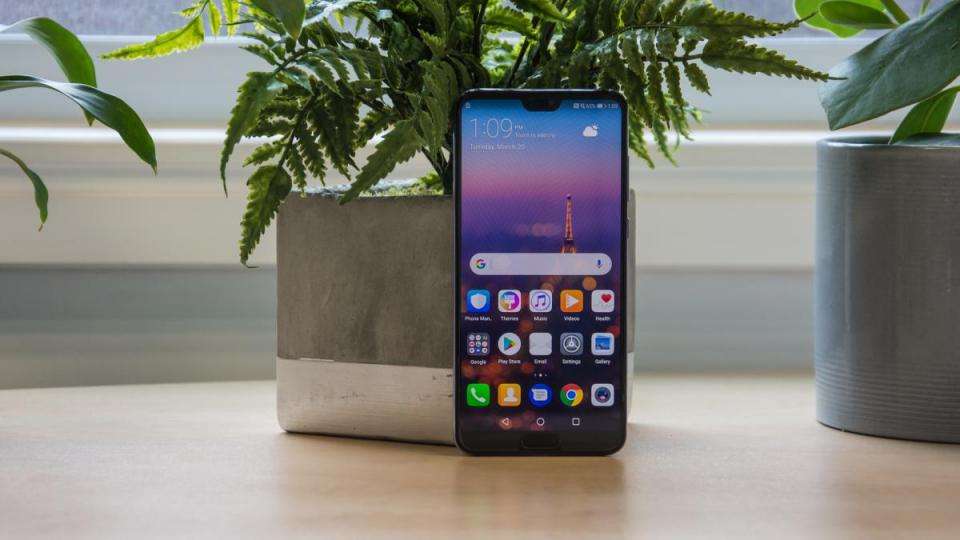
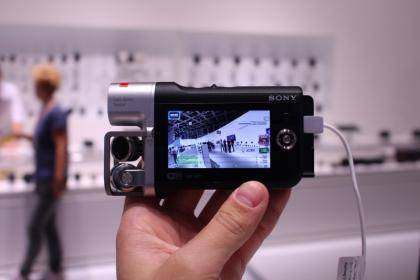
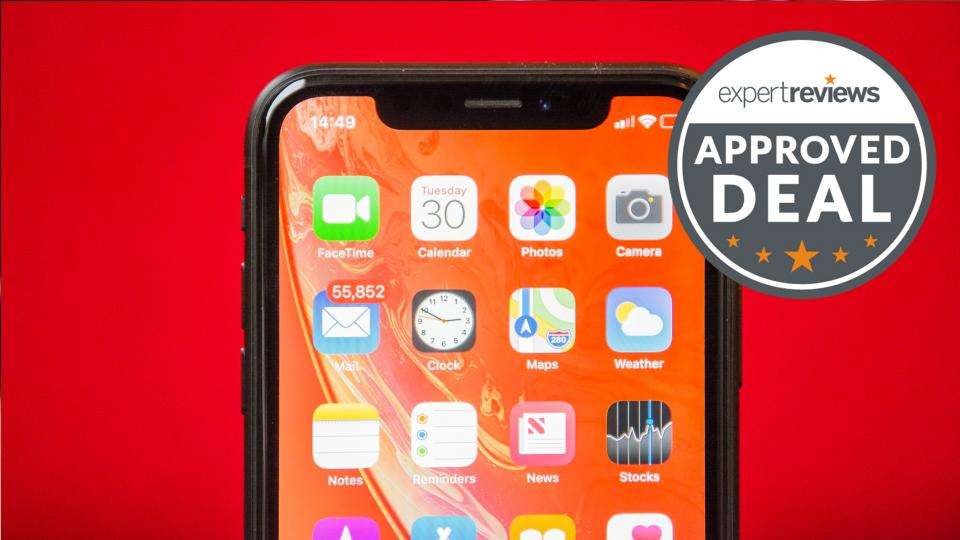

Leave a Reply